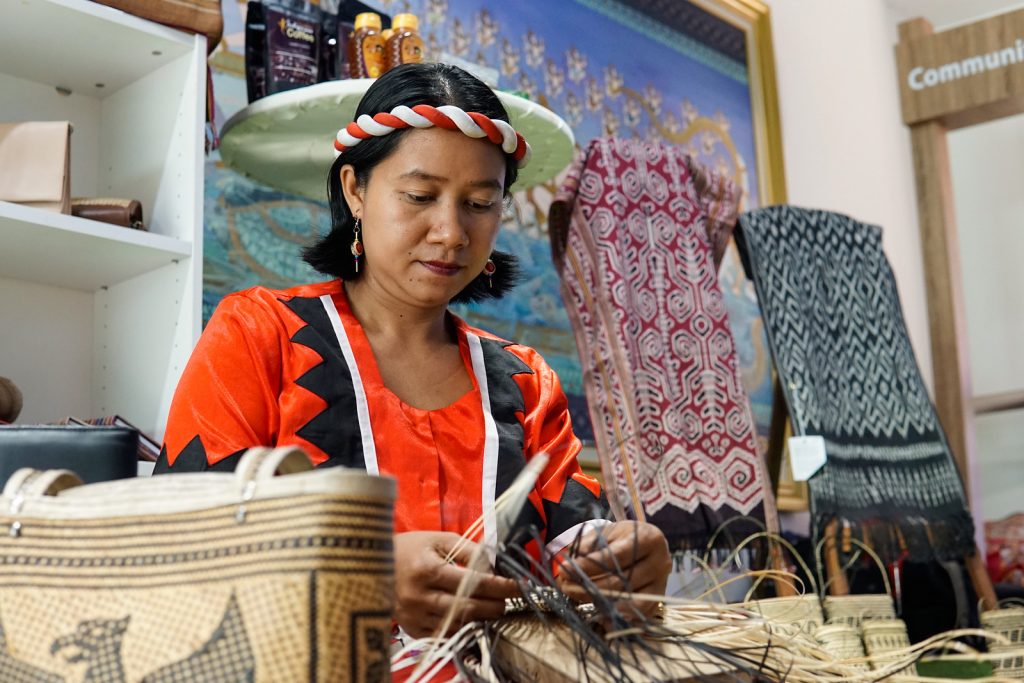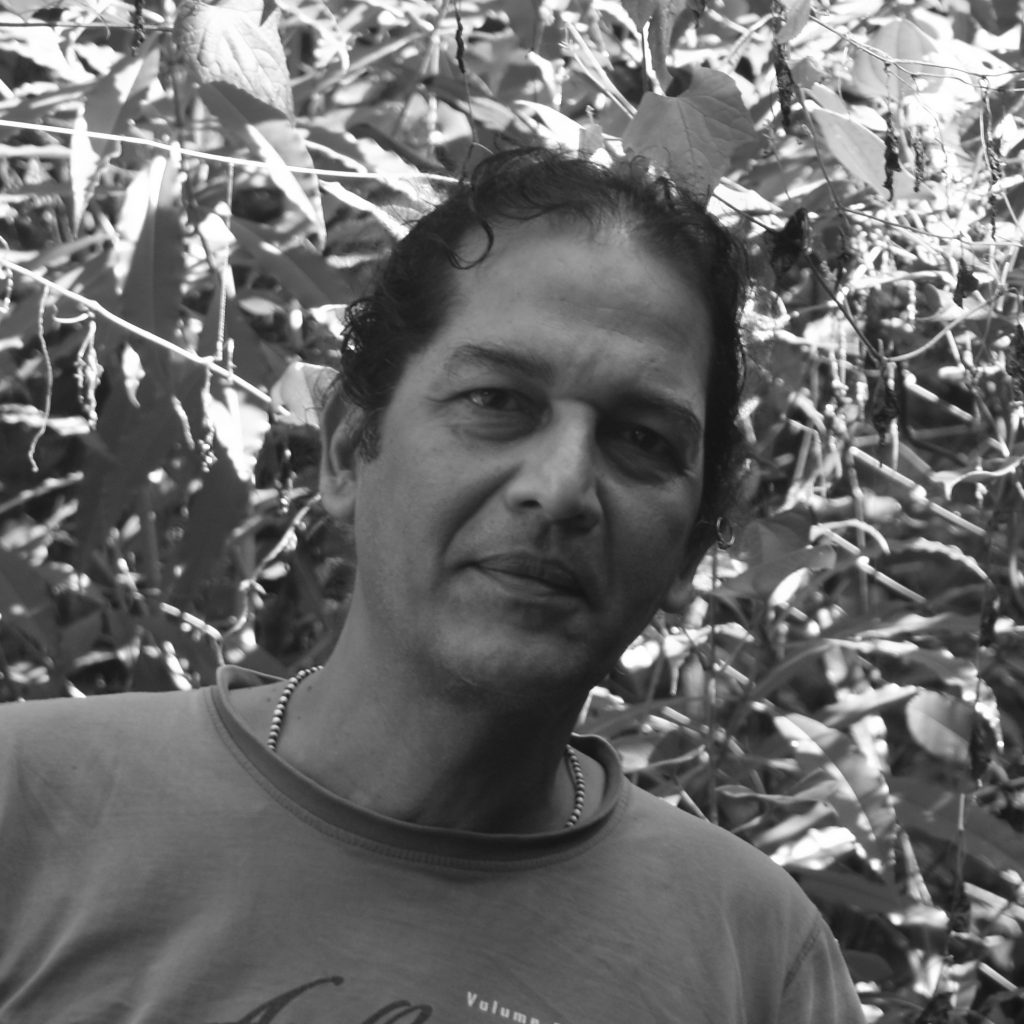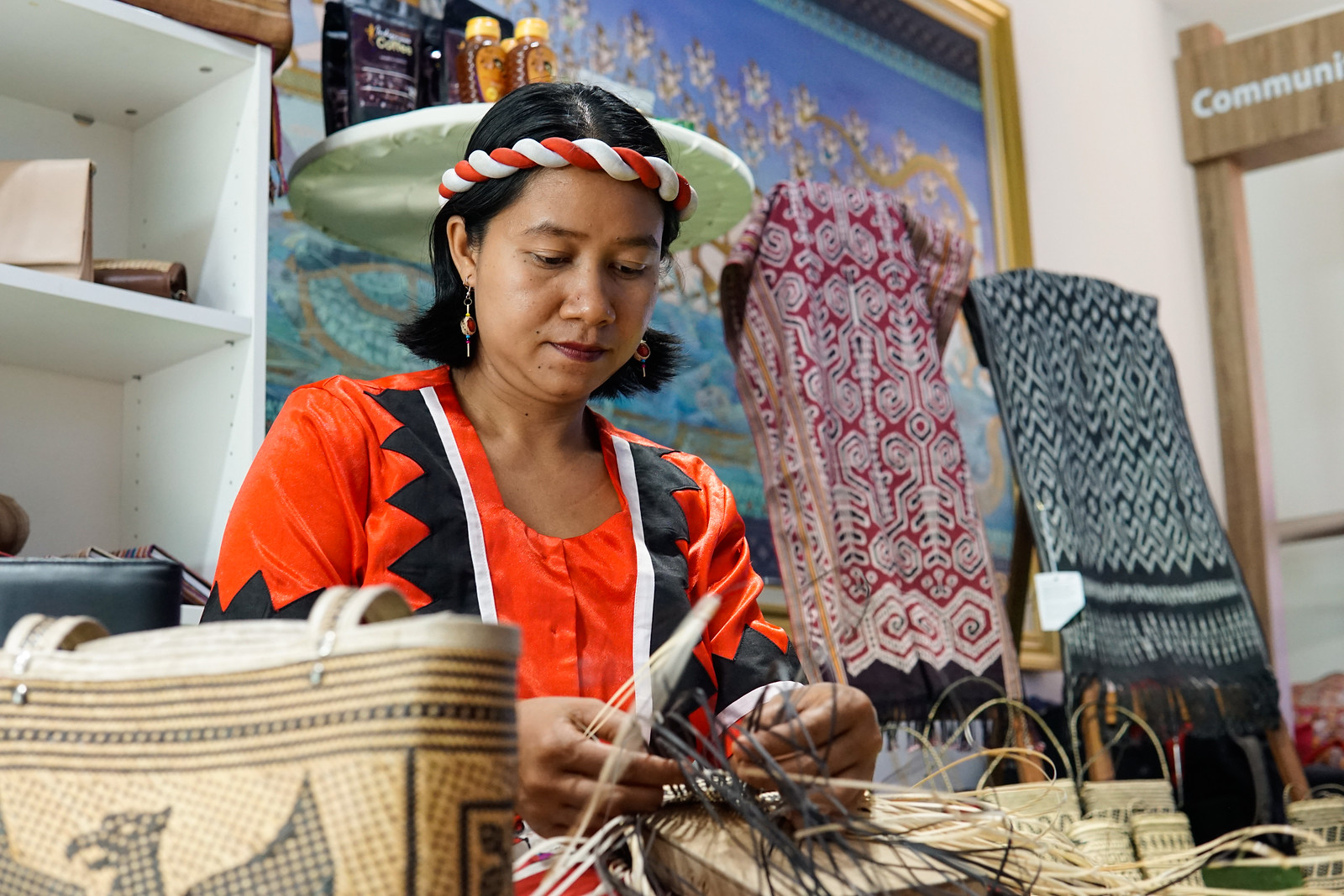
When one asks what traditional knowledge is, it is usually meant as a ‘functional’ term, and what it entails is assumed to be names and uses of the flora and fauna of a region, their status and distribution, etc. It’s the kind of hands on, in situ skills and know-how that an indigenous person is supposedly adept at. A shopping list, of some kind. These skills are something anybody may acquire, given the time and the opportunity to stay among indigenous communities with a desire to learn. Much of this knowledge is acquired through observations, even subconsciously as a child, and perfected while ‘on the job’ with peers or elders. Perhaps little of it is acquired in formal settings, and through formal instruction.
However, the characteristics of indigenous knowledge, as I understand and experience it to be, is that:
- it emphasizes the whole and not the parts; that is the tendency not to split a plant into its individual parts, and then the parts into parts, and so on, as in systematic botany, to identify the species, but to consider it as a whole.[1] This is an attitude that pervades indigenous perceptions, of forests and landscapes, something counter to our own way of approaching aspects of people or the environment.
- the knowledge (of a plant, for instance) does not mean that it be immediately and automatically ‘named and claimed’. There are several plants and insects that are known – as far as their behaviour and habits are concerned – but not named.[2] Knowledge is considered ‘valid’ only when it can be named or classified and much of what is known to indigenous peoples is left out as they have not formally ‘named’ or documented it.
- kinship is a very important concept for all indigenous peoples, something which allows them to locate themselves in the human society they inhabit. All anthropology begins with a woman and her brother, and the stranger with whom she goes. This is the kern of human society and all kinship and kinship terminology. Most indigenous peoples are able to move vertically (generations) and laterally (once, twice, thrice, and more removed) and establish their precise relations to people in their society. This enables them to understand the obligations, duties, responsibilities and rights that bind them with each other, giving meaning to the human world.[3]
- analogously, indigenous peoples inhabit and relate to their landscapes with an intimacy little understood by contemporary society. There is of course a physical content – mountains, trees, animals, waters, grasses, and so on – but also an underlying metaphysical element that gives the physical elements their meaning. The names of plants and animals, their uses and their habitats, are known by many. The other language, of metaphors, terms referring to the spiritual aspects and offerings to be made are often linked with the larger landscapes inhabited, and known to a few.
- Both kinship and landscape are full of lore. Stories of kinship refer to important people of the past, with exceptional qualities of hunting or fishing or strength, or cunning or story-telling, or of someone who altered the landscape to bring water from a spring all the way to the village, and so on. To know of such figures of the past, and to be able to trace the person’s kinship, is knowledge. And places in the landscape with something noteworthy, like a rock face that glows on moonlight nights, a spring that never dries up, or a gorge too deep to see the bottom of, or a pool where bears come to drink regularly. To have seen or heard all this well enough to remember and pass on, is knowledge. In this sense all traditional knowledge is a record of socio-philosophical-geographical history, encompassing several areas of thought, and perhaps best kept as a coherent whole rather than breaking them up into their composites.
What then is our interest in traditional knowledge? Our appreciation of it? The intention to keep it alive so that it may be passed on and be useful to humanity? And how does one achieve that?
Of course the best way to sustain traditional knowledge is to keep peoples and their landscapes from getting fragmented, something easier said than done in today’s context. Multiple forces, both from within and without indigenous and traditional societies, are and will create conditions that are not conducive to our interest. Wherever it is possible for communities to hold on to their territories, it would be the best way to conserve and keep alive such knowledge. However, there is a paucity of such opportunities and our attempts restore these people-landscape binaries will be an uphill task: landscapes as well as knowledge, in the holistic sense, need restoration. This will, by necessity, be an in situ effort as both the core aspects (of traditional knowledge) are symbiotic, making little sense on their own.
And what of traditional peoples sans landscapes or fragmented landscapes? The bulk of traditional peoples are in such conditions and it would be best to put our energies in this area, and attempt a simultaneous restoration of both (as mentioned above). It is with this broad perspective of what traditional knowledge encompasses that we need to work towards its restoration.
Written by Madhu Ramnath, NTFP-EP India
[1] As Alvin Toffler remarked in the introduction to Order out of chaos (Prigogine and Stengers, 1984): “One of the most highly developed skills in contemporary Western civilization is dissection: the split-up of problems into their smallest possible components. We are good at it. So good, we often forget to put the pieces back together again.”
[2] This is contrary to the Genesis, Book of Moses, 2.19
[3] Unfortunately, the understanding of kinship is all but absent in the Western world; in most urban societies across the world, even if the terms are known, the bonds that meaningfully bind them are weak and weakening with migrations, education, etc. Even the paucity of terms for the ‘kind’ of uncle or aunt in English/Dutch is evidence of the unimportance of kinship in such societies.

Madhu Ramnath is the coordinator for NTFP-EP India. He has been immersed in the subject of barefoot ecology, wild forest foods in Asia and traditional cultivated plants. His other areas of interest include nutrition, health, indigenous land tenure, nurseries and reforestation. He has authored several books, including “Wood Smoke and Leaf Cups” and “Wild Tastes in Asia: Coming Home to the Forest for Food”.




